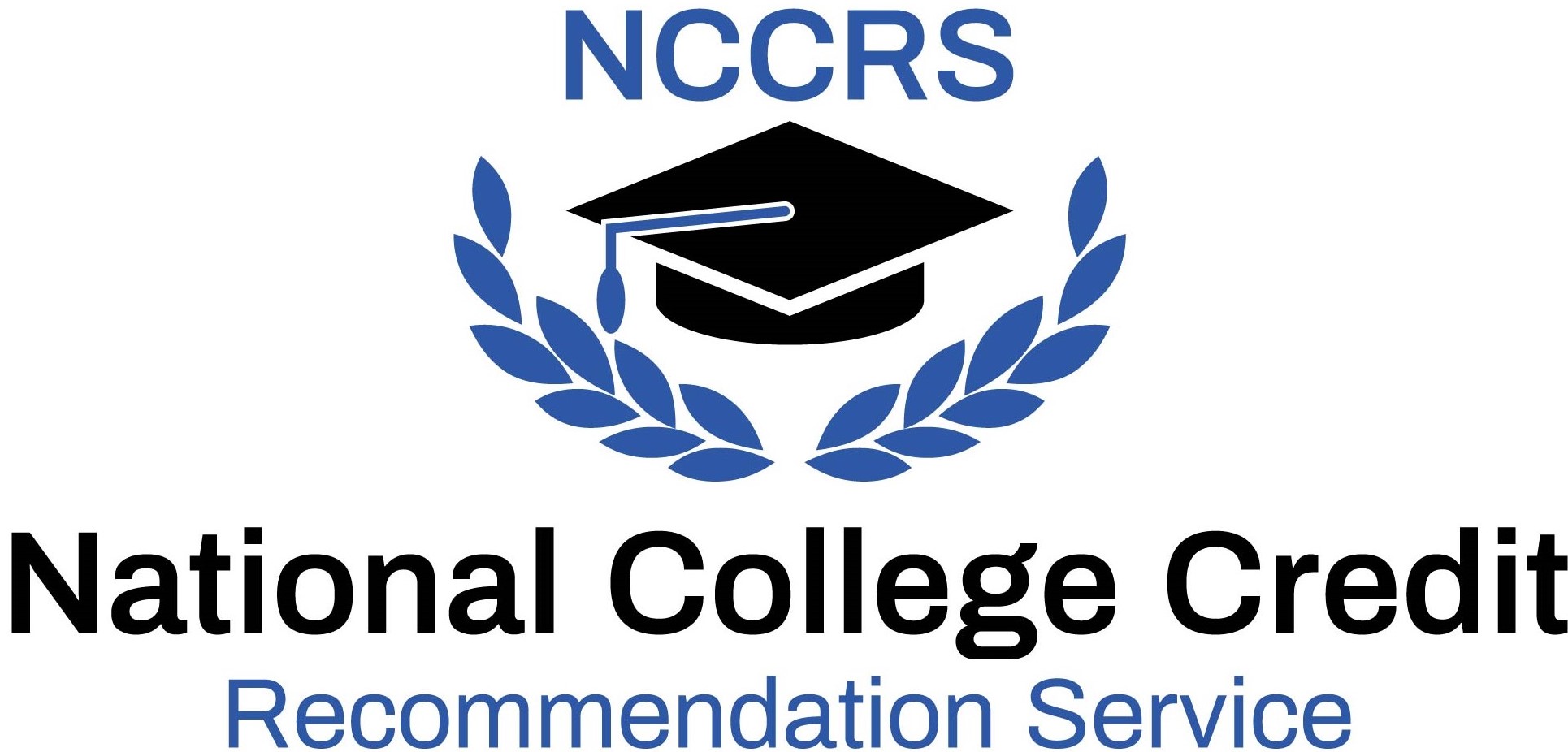UPI Study, Inc. | Evaluated Learning Experience
Biology 200: Introduction to Biology II
Varies (self-study, self-paced).
May 2024 – Present.
Upon successful completion of the course, students will be able to: gain a deep understanding of microbial life, including the characteristics and diversity of bacteria and protists; analyze the diversity of bacterial and protist cells, as well as their structures, functions, and adaptations to various environments; explain plant anatomy and evaluate the roles of stems, roots, and leaves in growth, including the effects of hormones and external stimuli; examine the structure, function, and interdependence of key organ systems in multicellular organisms for maintaining homeostasis; evaluate the coordination of the nervous and endocrine systems in homeostasis and assess immune responses and modern medical interventions like vaccines and antibiotics; analyze reproductive strategies in animals, comparing spermatogenesis and oogenesis, and explain their role in species survival and evolution; apply Mendel’s laws to predict genetic outcomes while evaluating non-mendelian inheritance patterns and genetic variations; examine trophic levels, species interactions, and ecological succession, and assess the impact of invasive species on biodiversity in ecosystems; analyze the mechanisms of natural selection, compare evolutionary theories, and apply the hardy-Weinberg principle to population genetics; evaluate the origin of life, evolutionary trends, and geological eras that shaped the development of life on earth; apply taxonomic principles and phylogenetic analysis to classify organisms and evaluate evolutionary relationships; assess the ethical implications and applications of genetic engineering and analyze molecular tools like pcr and dna sequencing in gene expression.
The course is self-paced. Instruction is delivered through online video and text lessons. Students are assessed through quizzes, assignments and a proctored final exam. Major topics include microbial world: bacterial and protist cell structures and functions; Botanical wonders: processes and functions in plant life; organ systems in multicellular organisms: Musculoskeletal, Circulatory, Respiratory, Digestive, and Excretory systems; communication and coordination systems in living organisms: nervous and endocrine systems; reproduction, growth and survival strategies in animal kingdom; unveiling genetic principles: mendelian inheritance and hereditary mechanisms; ecological dynamics and community interactions; evolutionary dynamics and mechanisms of change; geological history and earth's evolutionary timeline; taxonomic classification and phylogenetic relationships; genetic manipulation and molecular analysis.
In the associate/certificate degree category OR in the lower division baccalaureate/associate degree category, 3 semester hours in Biology I and II, Ecology, Natural Science, or Integrated Science (5/24).



